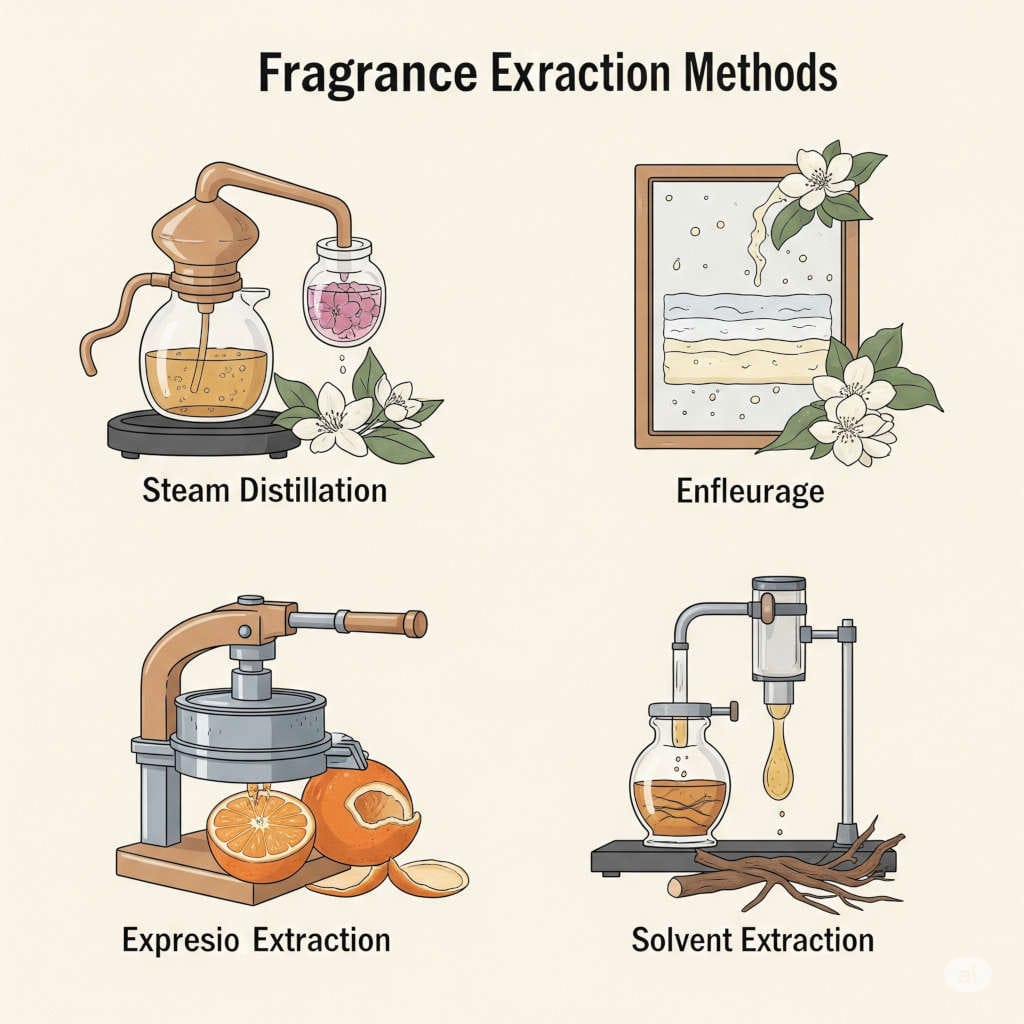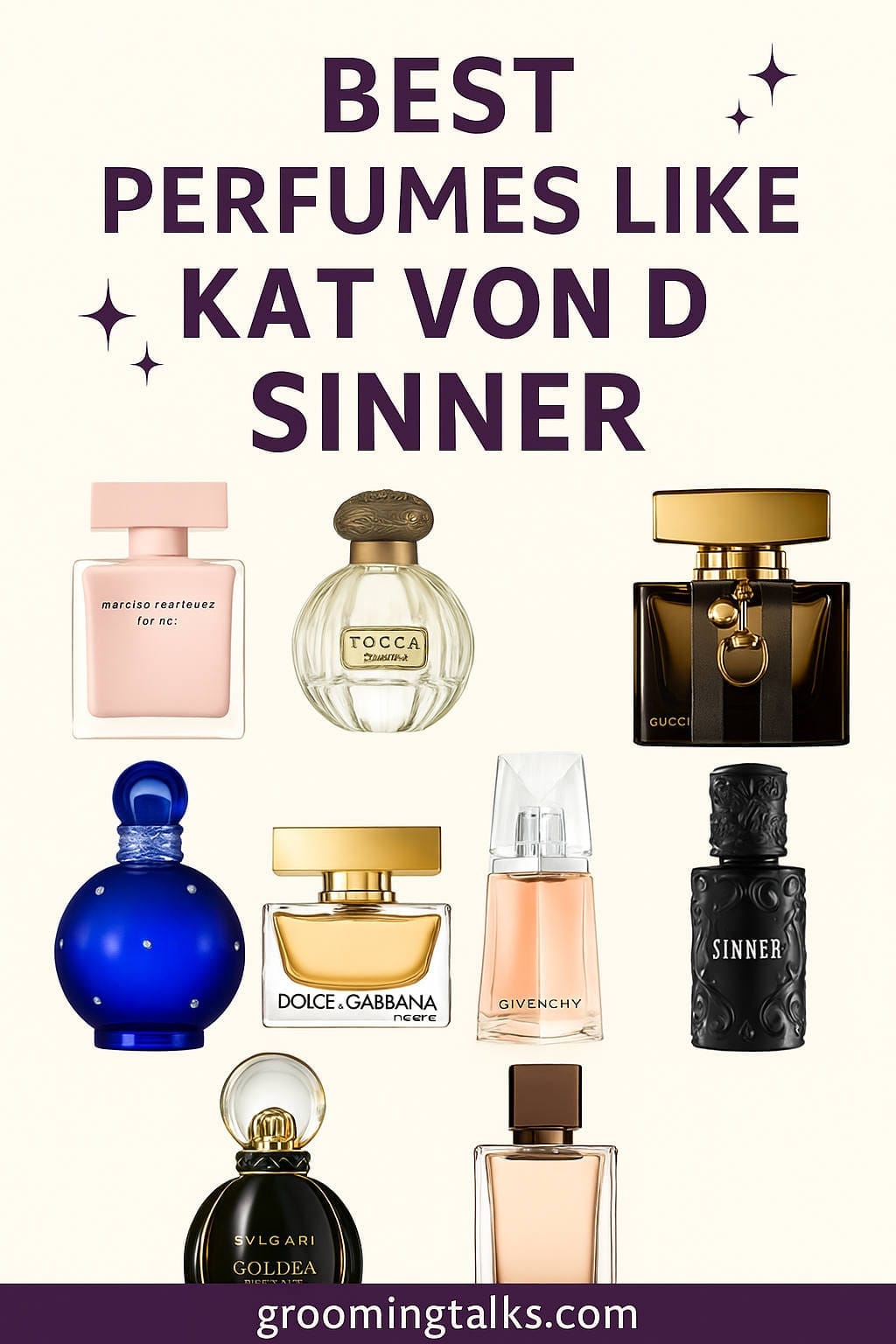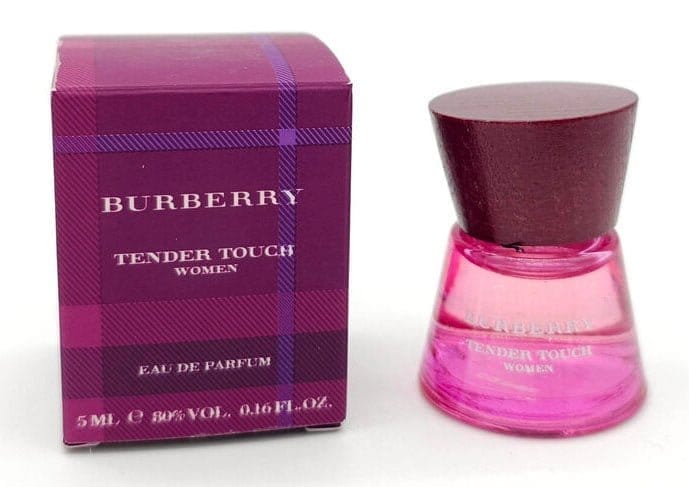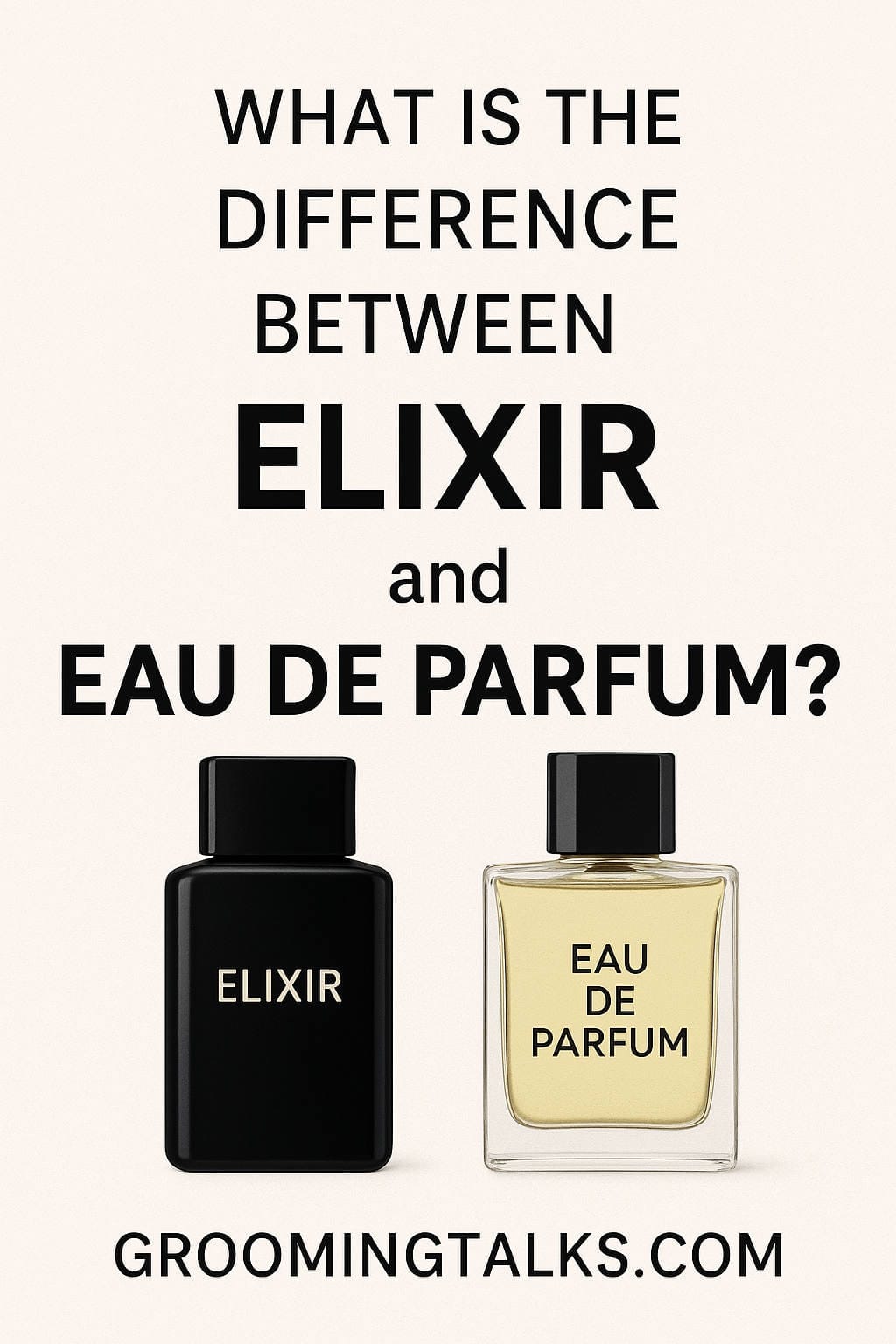Fragrance is one of the most captivating sensory experiences. Whether it’s the scent of fresh roses, warm vanilla, or the earthy aroma of sandalwood, fragrances have the power to evoke memories, uplift moods, and define personal style. But have you ever wondered how these delightful scents are captured and bottled? The process of extracting fragrance from natural sources is both an art and a science, refined over thousands of years. This article explores the various fragrance extraction methods, how they work, and what makes each one unique. We’ll also discuss modern innovations, environmental impacts, and how the fragrance industry is evolving in today’s world.
Understanding Fragrance Extraction
At its core, fragrance extraction involves isolating aromatic compounds from natural sources such as flowers, leaves, roots, seeds, bark, and even animal secretions. These compounds are then used to make perfumes, essential oils, skincare products, aromatherapy blends, and more. The goal is to preserve the essence of the raw material in a form that is stable, concentrated, and long-lasting.
Different materials require different methods of extraction. Some flowers are delicate and lose their scent when exposed to heat, while others can withstand high temperatures. Some raw materials are rich in oil, while others need chemical solvents to release their fragrance.
Traditional Methods of Fragrance Extraction
Enfleurage: The Gentle Touch
Enfleurage is one of the oldest and most artisanal methods of fragrance extraction. It was commonly used in 18th-century France, particularly in the perfume capital of Grasse. The process involves placing fresh flower petals onto glass frames coated with odorless animal fat. Over time, the fat absorbs the fragrance from the flowers. Once saturated, the fat is collected and washed with alcohol to extract the aromatic oils.
This method is best suited for delicate flowers like jasmine and tuberose that lose their aroma when heated. While rarely used today due to its labor-intensive nature and ethical concerns around using animal fat, enfleurage represents a romantic chapter in the history of perfumery.
Maceration: Warm and Infused
Maceration is a method similar to enfleurage but involves using warmed fats or oils to extract aromatic compounds from plant material. The plant matter is soaked in fat, which is then filtered and washed with alcohol to obtain the fragrance.
Though mostly obsolete today, maceration was historically important and served as a stepping stone to more advanced techniques.
Steam Distillation: The Industry Standard
Steam distillation is one of the most widely used methods of fragrance extraction, particularly for essential oils. In this process, steam is passed through the plant material, causing the aromatic compounds to evaporate. The vapor is then condensed and collected, separating the essential oil from water.
This method works well for materials like lavender, peppermint, and eucalyptus. However, it’s not ideal for fragile flowers whose scents are altered by heat.
Cold Pressing (Expression): Citrus Love
Cold pressing is mainly used for citrus fruits like oranges, lemons, and bergamots. The rinds are mechanically pressed to release their essential oils, which are then separated from the juice.
This method is simple, natural, and preserves the fresh, zesty scent of citrus fruits. It doesn’t involve heat or solvents, making it a preferred choice for natural and organic products.
Solvent Extraction: Capturing the Complex
Solvent extraction is used for raw materials that are too delicate for steam distillation or don’t yield enough oil using traditional methods. Organic solvents like hexane or ethanol are used to dissolve the aromatic compounds, producing a waxy substance known as a “concrete.”
The concrete is then treated with alcohol to extract a more refined product called an “absolute.”
This method is highly effective for flowers like jasmine, rose, and tuberose. However, it raises concerns regarding solvent residues and environmental impact.
Modern Techniques in Fragrance Extraction
Supercritical CO2 Extraction: The High-Tech Marvel
One of the most advanced methods of fragrance extraction today is supercritical CO2 extraction. In this process, carbon dioxide is used under high pressure and low temperature to act as a solvent. When CO2 reaches a supercritical state (both gas and liquid), it can penetrate plant materials and dissolve essential oils.
The result is a high-purity extract with a scent profile incredibly close to the original plant. It’s also environmentally friendly since CO2 is non-toxic, recyclable, and leaves no harmful residue.
This method is increasingly popular for extracting oils from materials like vanilla, rose, and even cannabis.
Molecular Distillation: Precision Extraction
Molecular distillation operates under a vacuum, allowing for the separation of specific aromatic compounds at much lower temperatures than traditional distillation. This precision makes it ideal for creating highly refined extracts.
While not as common as other methods due to its complexity and cost, molecular distillation is valued for its ability to produce pure and consistent fragrances.
Microwave-Assisted Extraction (MAE): Quick and Efficient
Microwave-assisted extraction uses microwave energy to heat the plant material and solvent, which speeds up the release of aromatic compounds. This method is faster and often more efficient than traditional techniques.
Though still under research and not widely commercialized, MAE shows promise as an eco-friendly and time-saving approach to fragrance extraction.
Ultrasound-Assisted Extraction (UAE): Sonic Innovation
UAE employs ultrasonic waves to create microscopic bubbles in the solvent, which implode and break down plant cells. This enhances the penetration of the solvent and speeds up extraction.
UAE is particularly beneficial for delicate botanicals and is considered a green technology due to its lower energy use and reduced solvent requirements.
Natural vs. Synthetic Fragrances
The debate between natural and synthetic fragrances is ongoing. While natural extracts offer authenticity and complexity, synthetic ingredients provide consistency, affordability, and stability.
Synthetics are often lab-created versions of molecules found in nature, such as vanillin (from vanilla) or linalool (from lavender). Some fragrances, like lily of the valley, don’t yield any scent through extraction and can only be replicated synthetically.
Many modern perfumes combine both natural and synthetic ingredients to achieve a balanced and long-lasting scent profile.
Environmental Considerations
Fragrance extraction can have a significant environmental footprint. Steam distillation consumes large amounts of water and energy. Solvent extraction may involve hazardous chemicals. Even natural extraction methods can contribute to overharvesting of rare plants.
That’s why sustainability is becoming a major focus in the fragrance industry. Brands are turning to eco-friendly methods like CO2 extraction, using by-products from the food industry, and supporting fair-trade sourcing.
Additionally, biotechnology is emerging as a sustainable alternative. Companies are now engineering yeast and bacteria to produce fragrance molecules like rose oxide or patchoulol in controlled lab environments.
Beyond Perfume: Other Uses of Extracted Fragrances
Fragrance extraction isn’t just for perfumes. Extracted scents are used in:
- Aromatherapy: Essential oils like lavender and eucalyptus promote relaxation and wellness.
- Cosmetics: Shampoos, lotions, and creams often include extracted fragrances for a pleasant user experience.
- Food & Beverages: Vanilla extract, citrus oils, and spices add flavor and aroma to food.
- Home Care: Scented candles, room sprays, and cleaning products enhance indoor environments.
- Pharmaceuticals: Some medicinal products include fragrances to mask unpleasant smells or enhance therapeutic effects.
Innovations Shaping the Future of Fragrance
The fragrance industry is evolving rapidly, thanks to advancements in technology and changing consumer preferences. Here are a few trends making waves:
Biotechnology and Fermentation
By using genetically engineered microorganisms, companies can now produce rare or endangered fragrance molecules sustainably. This method reduces the need for harvesting natural resources while maintaining scent quality.
Artificial Intelligence in Perfumery
AI is being used to analyze scent compositions, predict customer preferences, and even generate new fragrance combinations. This can significantly shorten development time and reduce waste.
Transparent Sourcing and Ethical Practices
Today’s consumers want to know where their products come from. Brands are responding by sharing stories about their raw materials, from the farm to the bottle. Certifications like Fair Trade and Organic are becoming more common.
Waterless and Waste-Free Extraction
To combat environmental impact, some companies are developing waterless extraction technologies and repurposing waste materials from other industries (like citrus peels from juice production) to create new fragrance lines.
Personalized and On-Demand Extraction
The concept of bespoke perfumery is gaining traction. Imagine walking into a store and having your own custom fragrance created on-site, using freshly extracted botanicals. This level of personalization is made possible by compact, modular extraction units.
Final Thoughts
Fragrance extraction is far more than just a technical process. It’s a creative and scientific endeavor that bridges the gap between nature and human emotion. As consumers become more mindful of what goes into their products, the fragrance industry is rising to the challenge with innovative, sustainable, and transparent practices.
From ancient enfleurage to cutting-edge CO2 extraction, each method tells a story. And as we move toward a future where technology and tradition coalesce, one thing remains unchanged: our timeless love affair with scent.
Whether you’re a perfumer, a skincare enthusiast, or simply someone who enjoys the subtle pleasure of a well-crafted aroma, understanding fragrance extraction adds a rich new layer to your appreciation. So next time you spritz your favorite perfume, take a moment to think about the journey those precious drops have made—from flower or fruit to fragrance, from nature to you.






